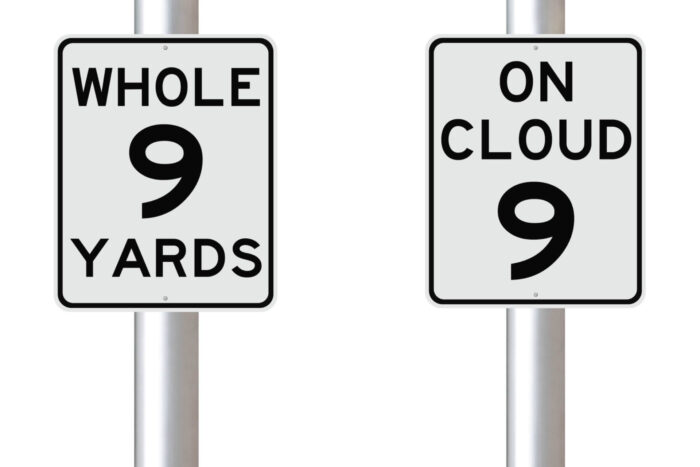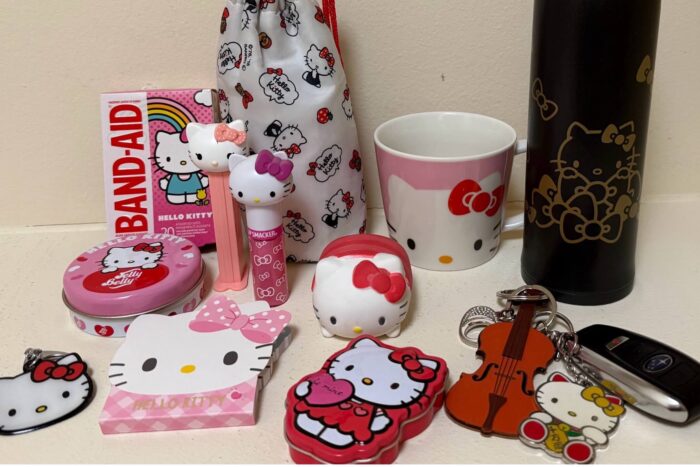
Writing reports the Japanese want to read
Articles, Cross-cultural communication, Working with Japanese
Businesspeople working for or with Japanese firms often complain that Japanese take too long to make decisions. The various organizational and cultural reasons behind this phenomena are extremely complicated, but there is one key factor that is often overlooked: The way that non-Japanese present written information can contribute to the holdup in the decision-making process. According to one Japanese manager who is a key decision-maker in his company’s operations in Japan, “The information we get from our American colleagues isn’t enough to make us comfortable going forward. Even though they send us reports, the information isn’t convincing enough for us. This causes us to delay further.”
What is it that Japanese are looking for in written communications, and how is it different from how non-Japanese are used to communicating? Some of Japanese’ written communication preferences are due to their challenges in using English as a second language, and some of them are due to cultural differences in how information is analyzed and presented.
Use more structure, fewer words
Many Japanese feel overwhelmed by the sheer volume of words in the written communication they receive from non-Japanese colleagues. “The Americans I work with tend to put together big thick reports. It takes them a lot of time and effort, but it’s really hard for me to wade through something like that. What I really need is a two-page overview.” laments one Japanese businessman.
It’s not that Japanese are unwilling or unable to read English, it’s that it just takes so darn long! No matter how proficient one becomes in a second language, it will always take longer and require more concentration to read in one’s second language.
The following tips can help make it easier for Japanese to sort through your writing for the key information they are looking for.
· “Less is more” When it comes to writing style, most Japanese would agree with this famous quote by architect Mies van der Rohe. Make sure to boil down what you want to say to the essentials. Be your own editor: read over what you have written to be sure that you are as succinct as possible.
· Simple and clear. Don’t forget the essentials of communicating with non-native speakers of English: Keep your sentence structure simple, avoiding complicated grammar. Avoid slang and idioms. Include a definition for technical terms, jargon, or other words that may not be familiar to your readers. Try to be consistent in the words you use to describe things (e.g. don’t use ‘speech” and “presentation” interchangeably in your document, pick one and stick with it throughout).
· Headings and bullet points. Use of section headings, bullet points, numbered lists, and even outline form to organize your writing. This will make it easier for Japanese to visually see the structure of what you are trying to convey.
· Underlining. Underlining key points or facts is another way to help a non-native speaker pick out the key ideas in your communication.
· Executive summary. In a longer report, create a short (two pages at most) executive summary which presents your key points and conclusions. (For a shorter report, a one-paragraph summary is good.)
Describe the environment and trends
Japanese want to have a holistic understanding of the entire environmental context before deciding on a direction to move forward. Thus, a key to effectively persuading Japanese is to give them a lot of background information so that they can understand the overall context. This includes describing trends and history. For example, as one Japanese puts it, “When American colleagues describe to us something that is happening, and how they want us to respond to it, we want to know if it is a long term trend, or just a temporary anomaly or fad. We want to see it put in a historical perspective.”
In describing the environment to Japanese colleagues, you may need to include things that would seem to be common knowledge among people in your industry. Don’t worry that this may seem insulting to Japanese – it’s a common practice for Japanese to start a communication by summarizing information that everyone agrees upon. Also, what may seem obvious to you may not be so to your Japanese colleagues. Don’t forget that your Japanese colleagues generally aren’t reading the same newspapers, magazines, and trade journals as you are – again, due to the reading time issue mentioned above.
In helping Japanese understand the environment in your location, one helpful technique is to include as attachments to your report key articles that have appeared in newspapers, magazines, or trade journals. Such articles are extremely helpful, because they are authoritative and there is no need to reinvent the wheel when a journalist has already summed up the situation well. may feel grade-schoolish to be cutting out clippings from newspapers and magazines, but it doesn’t seem that way to Japanese, who are habitual article clippers.
Provide authoritative backup
When writing persuasive communications to Japanese, think of yourself as a journalist. Rather than saying “sales of widgets are going up,” quote a specific statistic. Rather than saying “customers have been asking for more colors of widgets,” give specific quotes from customers or copies of letters or call reports. Such concrete backup will go a long way toward convincing Japanese.
Anticipate questions
People working with Japanese often complain about endless rounds of questions. One way to avoid this is to anticipate what questions might be asked. Try to think of what the person you are dealing with might want to know, or what they are likely to be asked by their superiors (a frequent reason for Japanese asking questions is to prepare themselves for being grilled by the boss). Include as much of this information as possible in the form of attachments to your communication.
Stress consistent themes
Anyone who reads a lot of documents produced in Japan (newspaper articles, annual reports, company documents) will notice that key themes and catchphrases seem to crop up again and again. For example, a few years ago “internationalization” and “borderless” were popular; then “global standard” was used a lot, and now the current favorite is “globalization.”
This constant reference to the same touchstones can seem unoriginal and repetitive. However, what Japanese are trying to accomplish by doing this is to achieve a sense of consensus about what is happening in the environment. By using a catchphrase which sums up a generally-agreed upon view, the person writing is using a kind of shorthand.
I recommend that people dealing with Japanese create their own touchstones that can be used in communications. For example, you might decide that “variety,” “customer responsiveness,” and “connectivity” are the key themes that you want to emphasize about trends in the market. You could write a report for your Japanese colleagues that describes in detail these trends and how you define them. Then, in future communications you could refer to these themes as a kind of shorthand. You could also use these themes as a way to organize future communications (e.g. as topic headings).
While you can do this on your own, it also could be extremely effective to reach a consensus among your colleagues about a set of themes and encourage everyone to use those themes in their communications with Japanese colleagues. This can help impart a sense of consistency to your firm’s communications, which will help to more effectively convince Japanese.
In any business setting, reports are a crucial tool. This is even more so in international business, where the time difference can make phone conversation difficult, and where non-native speakers of English have special challenges. Adopting the above strategies when writing reports for your Japanese colleagues can decrease frustrations and help you meet your objectives.
Related articles
10. What a Difference a Vowel Makes 【Column: Leap Before You Look】
Have you noticed when posing for photos, Japanese people often strike the “peace” sign, also known a
9. Bamboozled by Gobblydygook 【Column: Leap Before You Look】
Learning another language is a 終わりのない探求 (never-ending quest). Colorful idioms can often 煙に巻く (
8. You Had Me at Hello【Column: Leap Before You Look】
I admit. I am guilty of surrounding myself with ハローキティ (Hello Kitty). I drink tea out of




